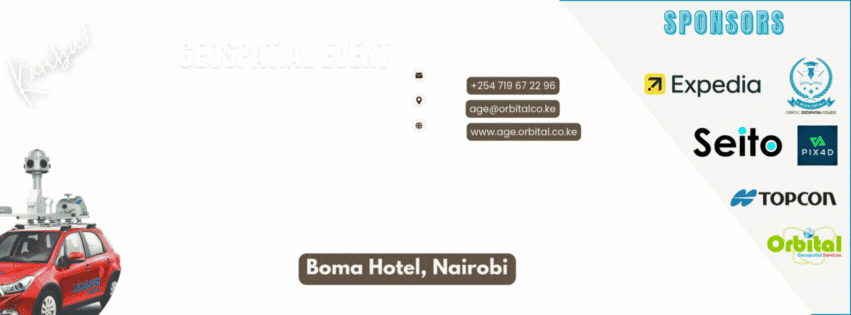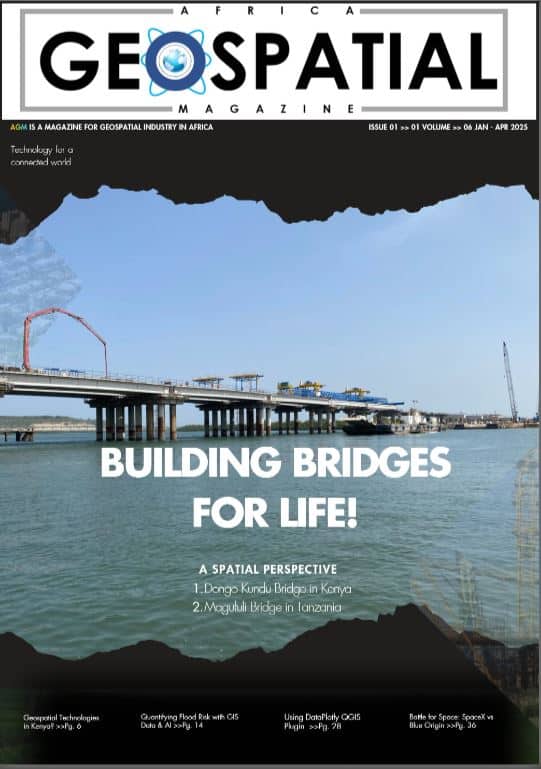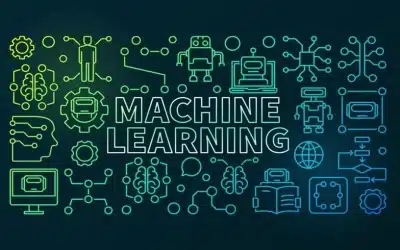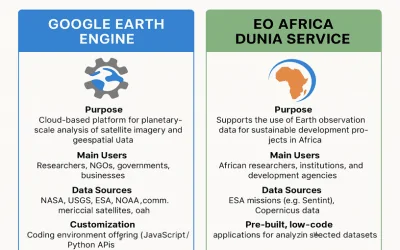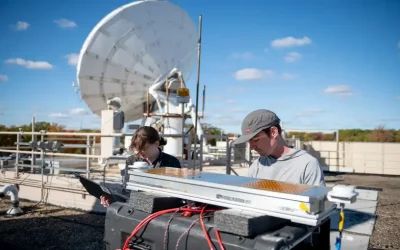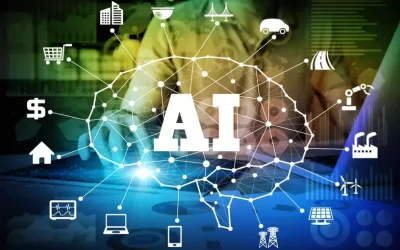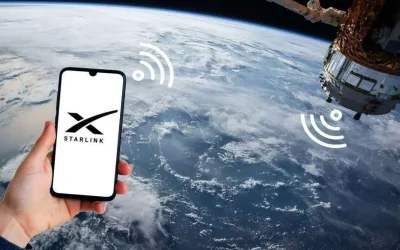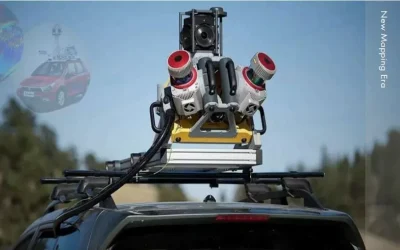The components of an Intelligent Transport System (ITS)
Introduction to ITS
ITS (Intelligent Transportation Systems) has been defined by WSP, as a combination of leading-edge information and communication technologies used in transportation and traffic management systems to improve the safety, efficiency, and sustainability of transportation networks, to reduce traffic congestion and to enhance drivers’ experiences. ITS is an advanced application which aims to provide innovative services relating to different modes of transport and traffic management thus enabling users to be better informed and make safer, more coordinated, and ‘smarter’ use of transport networks.
Additionally, ITS is an integrated set of technologies, communication systems, and management strategies designed to improve the efficiency, effectiveness, safety, and sustainability of transportation networks. It encompasses a wide range of applications and solutions aimed at addressing the contemporary challenges associated with transportation in urban and rural areas.
Technologies of intelligent transport system
- Traffic monitoring systems: The sensors and cameras are used to collect real-time data on traffic conditions, such as speed, volume, and congestion. This data is then used to optimize traffic flow and reduce congestion.
- Traveler information systems: The systems provide travelers with real-time information on traffic conditions, public transportation schedules, and other relevant information. This information can help travelers to make better travel decisions and avoid congestion.
- Automated vehicle systems: These systems use sensors and artificial intelligence to enable vehicles to drive themselves or to communicate with each other and with the road infrastructure. This can help to improve safety and efficiency.
- Public transportation systems: ITS technologies can be used to improve the efficiency and reliability of public transportation systems. For example, real-time information on bus and train arrival times can help passengers to plan their trips more effectively.
Vehicle-to-everything communication (V2X) is crucial in successful implementation of an ITS system. V2X refers to the communication between vehicles and any entity that impacts, or may be impacted by, the vehicle. This includes vehicle-to-vehicle communication (V2V), vehicle-to-infrastructure communication (V2I), vehicle-to-pedestrians communication (V2P), and vehicle-to-network communication (V2N). These are part of a system that works to improve road safety and traffic conditions. As a key enabler of ITS, V2X is linked to several co-existing benefits such as an improved exchange of safety-critical information, the ability for drivers to make more informed decisions, optimization of the performance of a transportation system, and reduced consumption of fuel.
Key components intelligent transport system
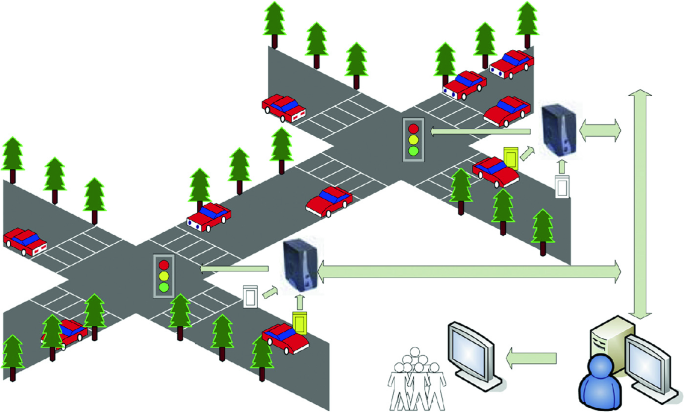 Traffic Management and Control: ITS includes systems for real-time monitoring and control of traffic flow. This can involve traffic signal optimization, dynamic lane management, and congestion management to improve traffic efficiency and reduce congestion. The variable message signs can also be used to display real-time traffic information, such as congestion levels and detours.
Traffic Management and Control: ITS includes systems for real-time monitoring and control of traffic flow. This can involve traffic signal optimization, dynamic lane management, and congestion management to improve traffic efficiency and reduce congestion. The variable message signs can also be used to display real-time traffic information, such as congestion levels and detours.
Advanced Traffic Information: ITS provides real-time traffic information to drivers and transportation authorities. This includes information on traffic conditions, road closures, accidents, and alternative routes through various communication channels, such as variable message signs, mobile apps, and websites.
Electronic Toll Collection: Automated toll collection systems, such as RFID (Radio-Frequency Identification) and license plate recognition, streamline the toll payment process, reduce congestion at toll booths, and improve overall traffic flow.
Public Transportation Management: ITS solutions for public transportation include real-time tracking of buses and trains, fare collection systems, and passenger information systems. These technologies make public transit more reliable and user-friendly. The Traveler Information Systems in ITS provides travelers with real-time information about transportation options, routes, and expected travel times helps them make informed decisions and can reduce congestion by distributing traffic more evenly throughout the transportation network.
Vehicle-to-Infrastructure Communication (V2I): V2I technology allows vehicles to communicate with roadside infrastructure, such as traffic signals and road sensors. This enables traffic management systems to provide real-time information to vehicles and receive data from them to optimize traffic flow. The Connected and Autonomous Vehicles (CAVs) enable vehicles to use sensors, communication systems, and AI algorithms to navigate safely and efficiently. ITS infrastructure can support CAVs by providing essential data and connectivity.
Incident Detection and Management: ITS systems use sensors, cameras, and algorithms to detect and respond to incidents such as accidents, breakdowns, and road hazards. Rapid incident management helps improve safety and minimize traffic disruptions. In Environmental Monitoring, ITS can monitor air quality, noise levels, and other environmental factors related to transportation. This information can be used to implement strategies for reducing emissions and mitigating environmental impacts.
 Parking Guidance and Management System: Smart parking systems use sensors and data analytics to help drivers find available parking spaces, reducing the time spent searching for parking and improving traffic flow hence reduction in congestion and emissions in urban areas. ITS also facilitates communication and coordination among emergency services, allowing for a faster and more effective response to accidents and other emergencies.
Parking Guidance and Management System: Smart parking systems use sensors and data analytics to help drivers find available parking spaces, reducing the time spent searching for parking and improving traffic flow hence reduction in congestion and emissions in urban areas. ITS also facilitates communication and coordination among emergency services, allowing for a faster and more effective response to accidents and other emergencies.
Data Analytics and Decision Support: ITS generates a vast amount of data, which can be analyzed to make informed decisions about transportation planning, policy, and resource allocation. Public transportation tracking of the location of buses and trains in real time, is crucial in enabling the passengers estimate the exact time their next vehicle is arriving.
Implementation process of an ITS infrastructure
Needs Assessment and Planning: Identification of the specific transportation challenges and objectives that the ITS will address. This could include reducing traffic congestion, improving road safety, enhancing public transportation, or promoting sustainable transportation modes. A comprehensive assessment of the existing transportation infrastructure, including roadways, traffic signals, public transit systems, and communication networks is then conducted.
Stakeholder Engagement: Engagement with relevant stakeholders, including the government agencies, transportation authorities, the private companies, and the general public. As well, gather input and support from these groups to ensure a coordinated approach.
Technology Selection and Integration: Selection of appropriate ITS technologies based on the identified needs and goals. This may include traffic management systems, sensors, communication networks, vehicle-to-infrastructure (V2I) technology, and data analytics tools. Ensuring that the selected technologies can be seamlessly integrated into the existing transportation infrastructure.
Data Collection and Management: Establishment of the data collection mechanisms, such as traffic sensors, cameras, and mobile apps, to gather real-time transportation data. Implementation a data management system to process, store, and analyze the collected data. Cloud-based solutions are often used for scalability and accessibility.
Communication Infrastructure: Development of a robust communication infrastructure that allows for the exchange of data between vehicles, infrastructure, and transportation management centers. This may involve fiber-optic networks, cellular technology, or dedicated short-range communication (DSRC).
Traffic Control and Management: Implementation of traffic control and management systems that use real-time data to optimize traffic signal timing, control variable message signs, and manage traffic flow. Adaptive traffic signal systems are common in ITS implementations.
Public Information Systems: Development of traveler information systems, such as mobile apps and dynamic message signs, to provide real-time traffic updates, alternative routes, and public transportation information to travelers.
Testing and Pilots: Conduct the pilot projects to test the functionality and effectiveness of the ITS components in a controlled environment before full-scale implementation. Gather the feedback from users and stakeholders during pilot projects to identify any necessary adjustments or improvements.
Deployment and Integration: Gradually deploy ITS components across the transportation network, ensuring proper integration with existing infrastructure. Implementation of interoperable standards to ensure compatibility between different ITS systems and vendors.
Monitoring and Maintenance: Establish a system for ongoing monitoring and maintenance of ITS components to ensure their reliability and functionality. Continuously collect and analyze performance data to make necessary adjustments and improvements.
Training and Capacity Building: Provide training for transportation personnel and operators to effectively use and manage the ITS. Build internal capacity within the organization to maintain and expand the ITS over time.
Evaluation and Feedback: Regularly evaluate the performance of the ITS in meeting its objectives. Collect feedback from users and stakeholders to make refinements and improvements. Adjust strategies and priorities as needed to address changing transportation needs and technological advancements.
Scalability and Future Planning: Plan for the scalability of the ITS to accommodate growth in transportation demands and emerging technologies, such as connected and autonomous vehicles (CAVs).
Public Awareness and Outreach: Communicate the benefits of the ITS to the public to encourage adoption and usage. Promote ITS features that enhance safety, convenience, and sustainability.
The successful implementation of an ITS requires a coordinated effort involving multiple stakeholders, careful planning, and ongoing commitment to monitoring and improvement. ITS can have a substantial positive impact on transportation systems by improving efficiency, reducing congestion, enhancing safety, and promoting sustainable modes of transportation.


